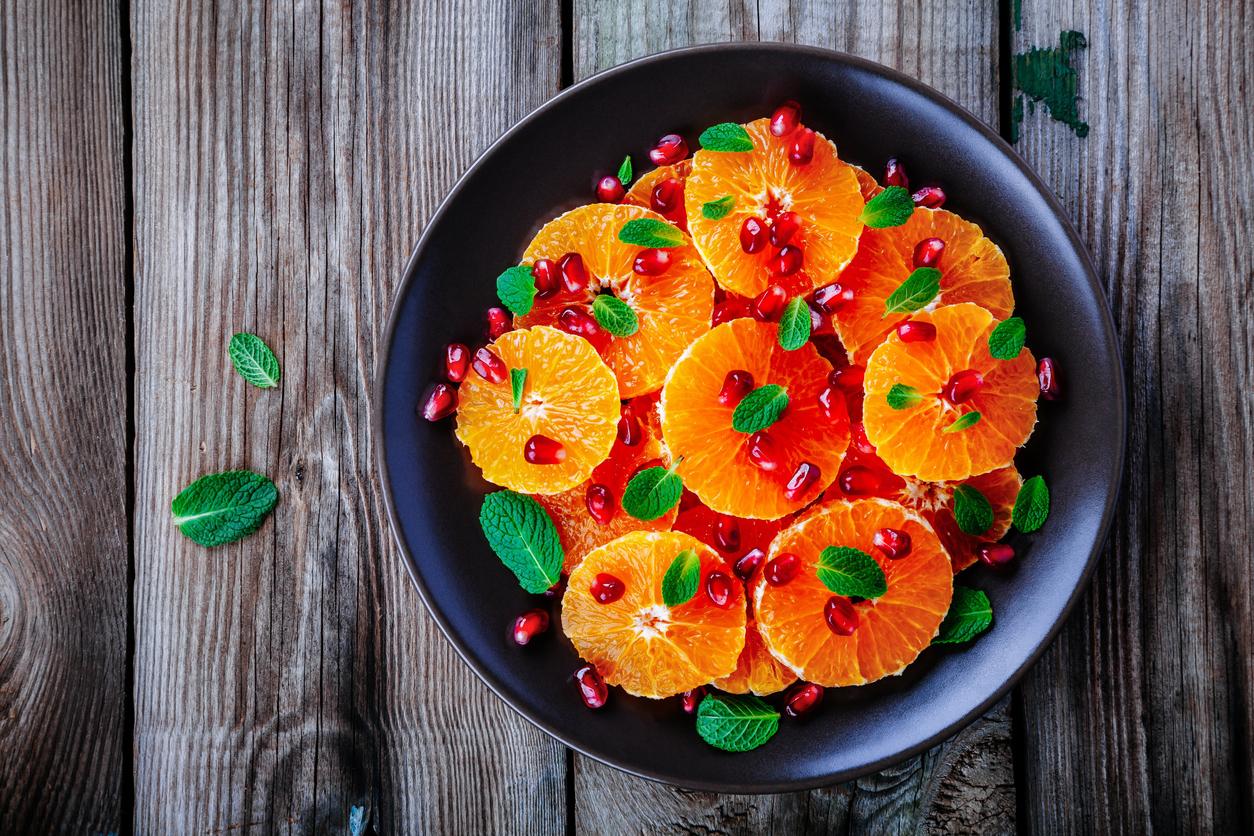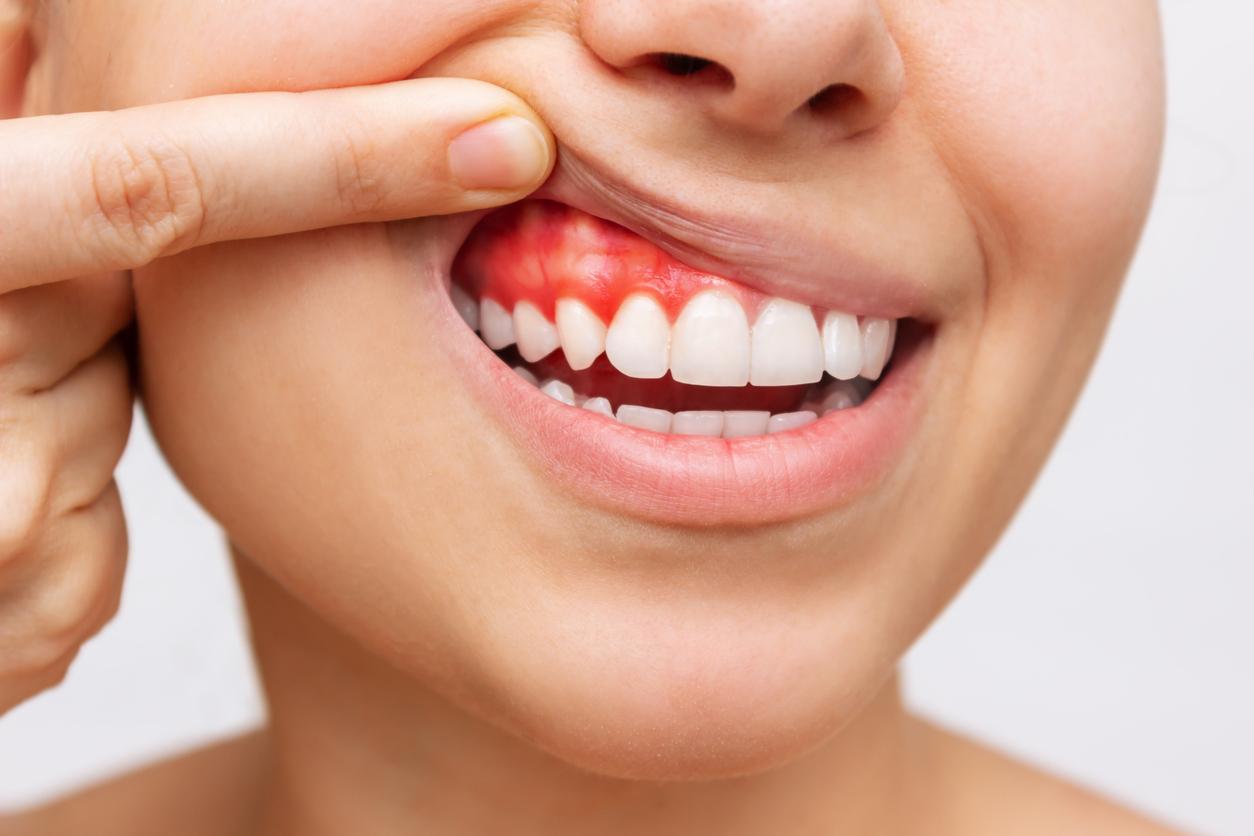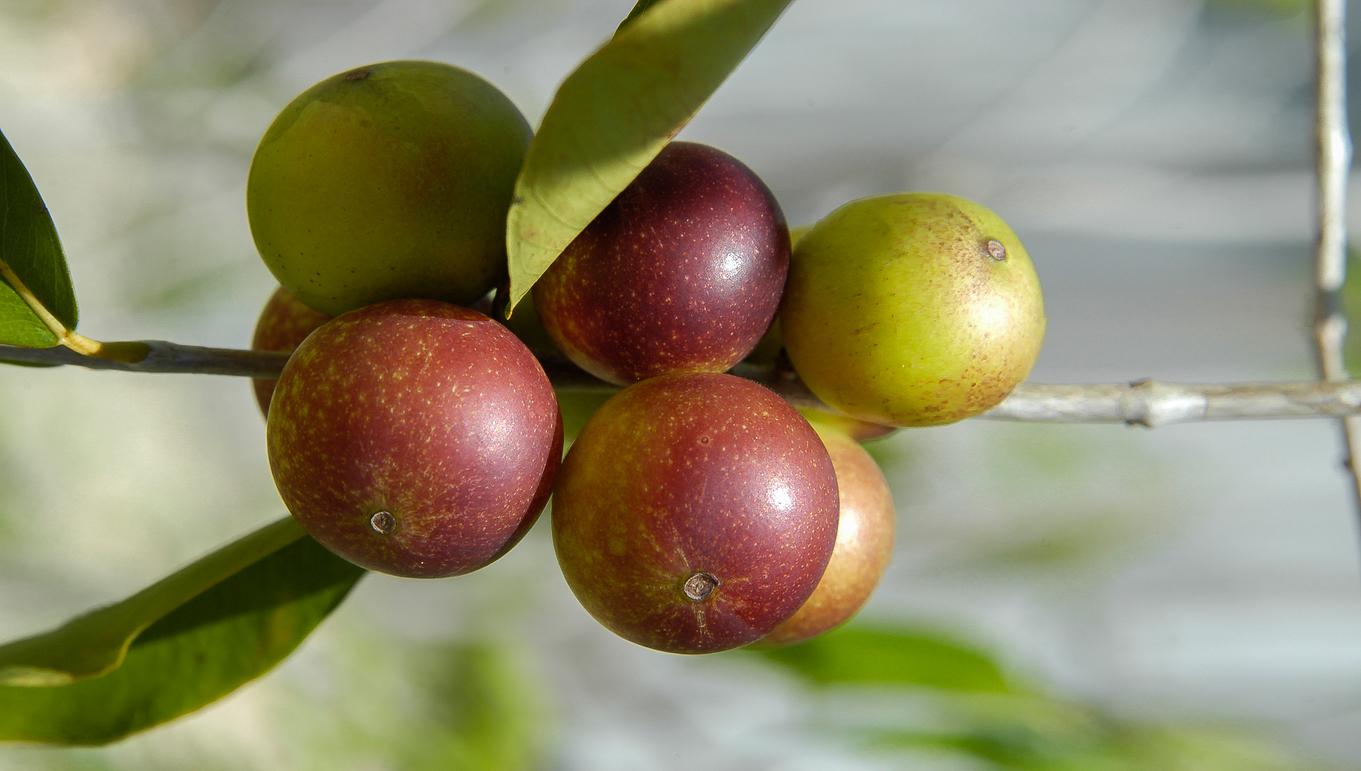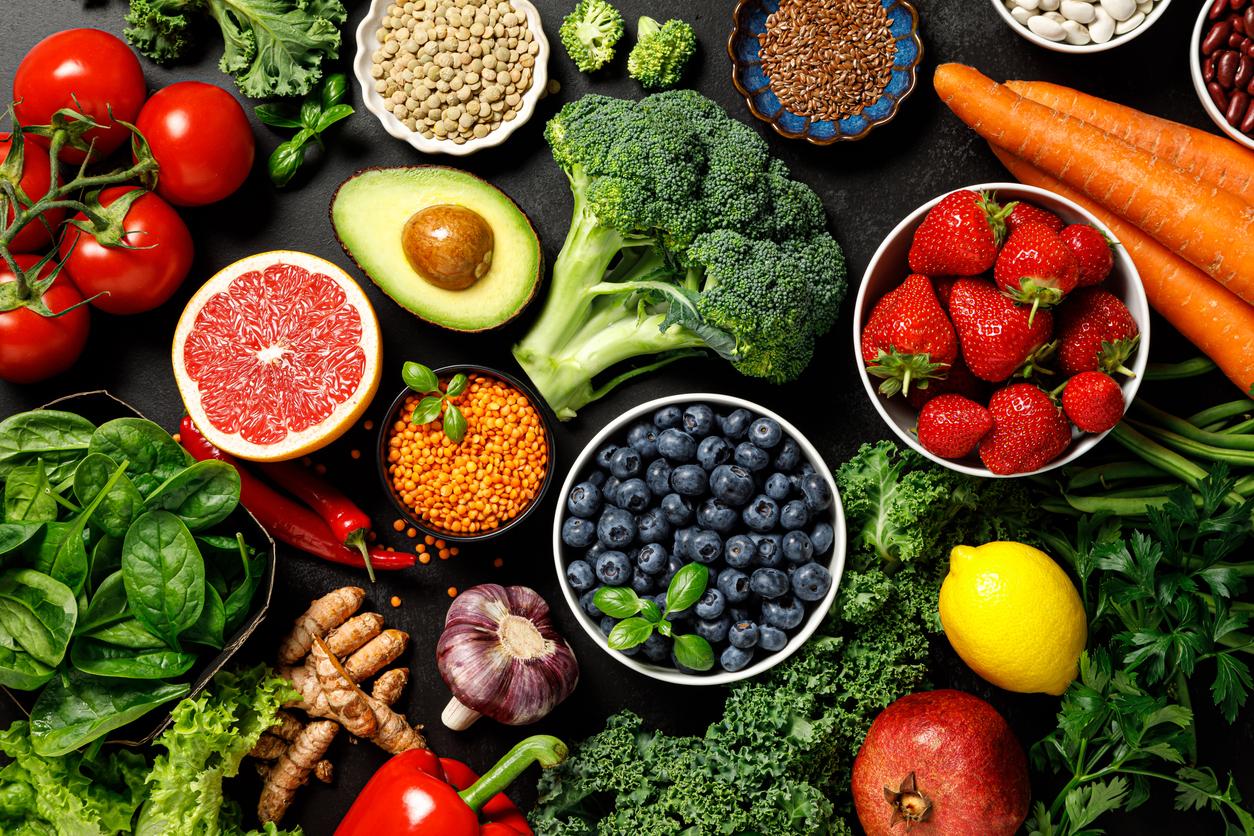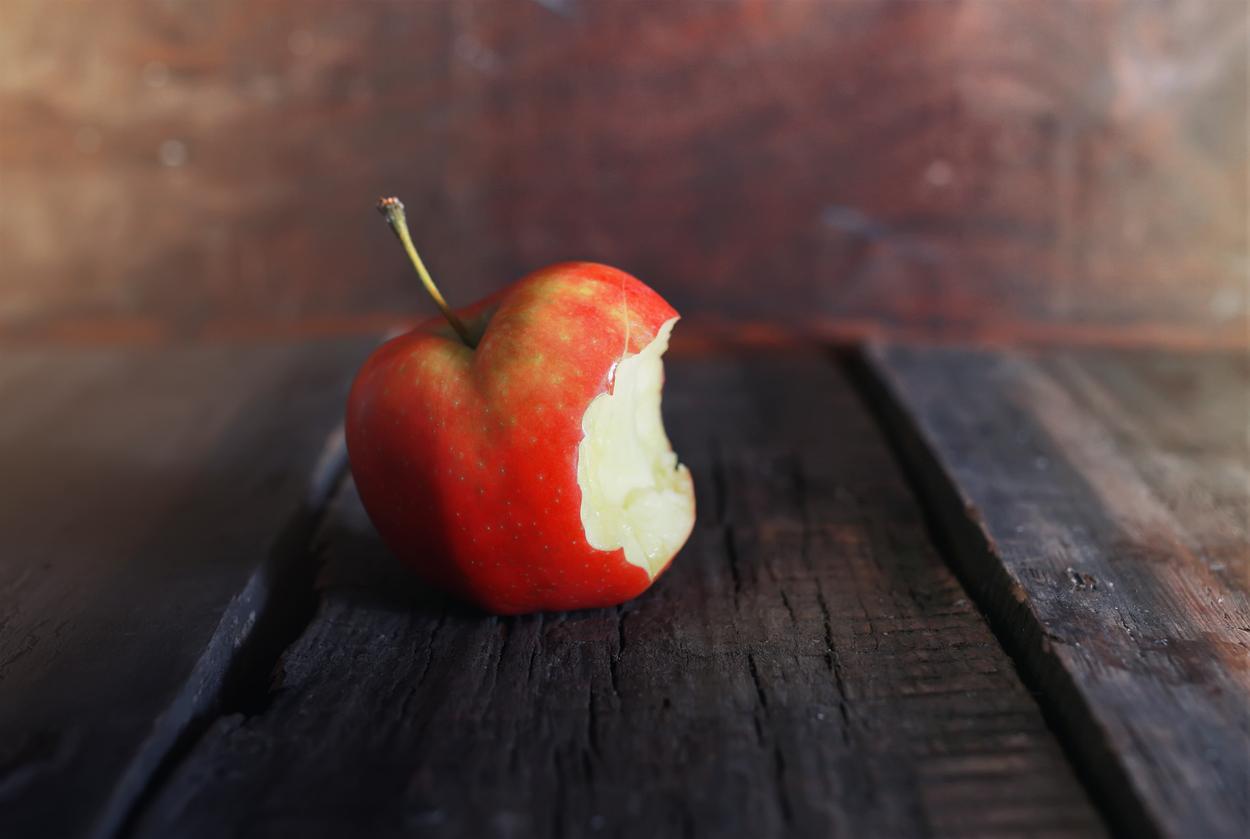
Buy and keep
Soft fruit, delicious and also healthy. But how do you keep this delicate fruit tasty and fresh? Here you will find buying and storage tips, as well as the truth about canned, jar or frozen fruit.
Buying tips
• Choose apricots, nectarines and peaches with an undamaged skin and a pleasant fragrance. They can still ripen.
• Plums should be firm but definitely not hard. Hard plums are unripe and unfortunately do not ripen after.
• Strawberries, currants, blackberries and raspberries are vulnerable. Make sure that the fruit looks fresh and undamaged and transport it with care.
Storage tips
• Stone fruits (such as apricots, nectarines, peaches and plums) should be stored in a cool place outside the refrigerator: better for taste, aroma and further ripening. You cannot freeze drupes.
• Soft summer fruit (strawberries, currants, blackberries and raspberries) can only be kept for one day outside the refrigerator; in it up to three days. Do not wash the fruits, leave the crowns and stems on, spread them in the refrigerator on a plate and do not cover them; this way you prevent mold formation. Do not wash them until you are going to eat them, under a gentle stream. The crowns and stems can then be removed. You can freeze soft summer fruit just fine.
Rotten spots?
• Mold on the fruit? Then throw away the whole fruit, even if only a small spot is affected. Fungal threads can be present throughout the fruit and are not always visible.
•A bruised spot from falling or bumping can do less harm. Cut it away and eat the rest.
Can, jar or freezer?
Fresh fruit is healthy. But how many healthy substances are there in preserved fruit? The losses are not too bad when frozen. Unfortunately, when processing for jars and cans, some vitamins are always lost.
For example, in strawberries in juice, half of the vitamin C and even 90 percent of the amount of folic acid disappear. But because those levels are so high in fresh strawberries, it’s still higher than in many other fruits.
Incidentally, vitamin C and folic acid are very unstable vitamins, which are the first to die when processed. Other vitamins are preserved much better. Very little of minerals and fibers is even lost.
Sources):
- Plus Magazine









